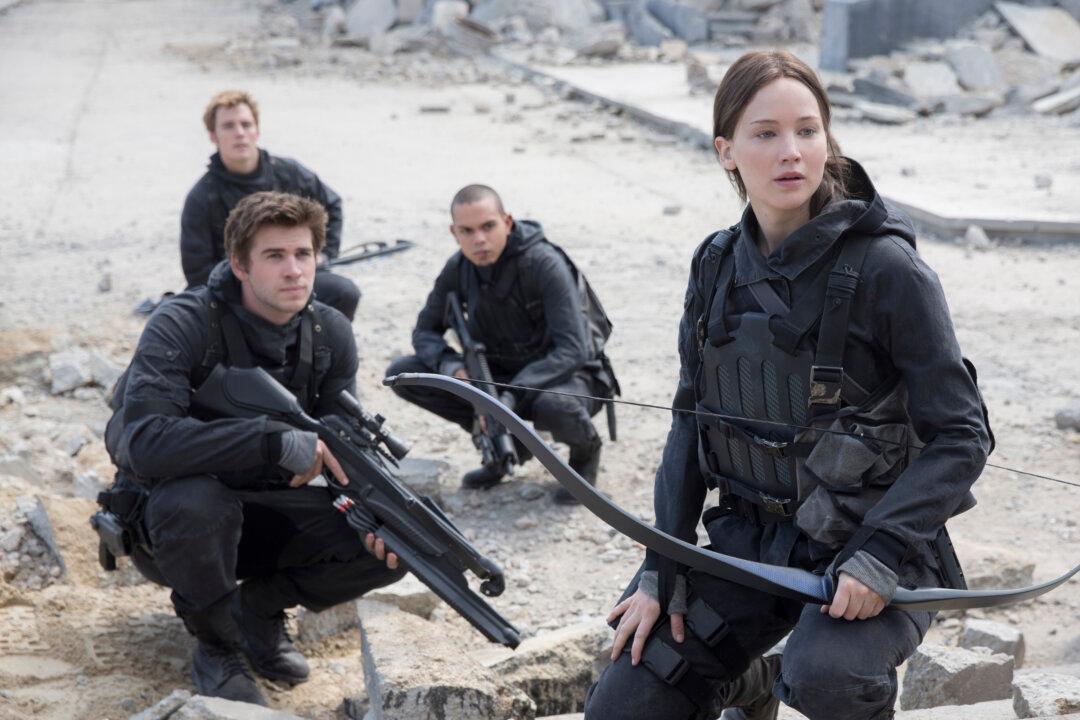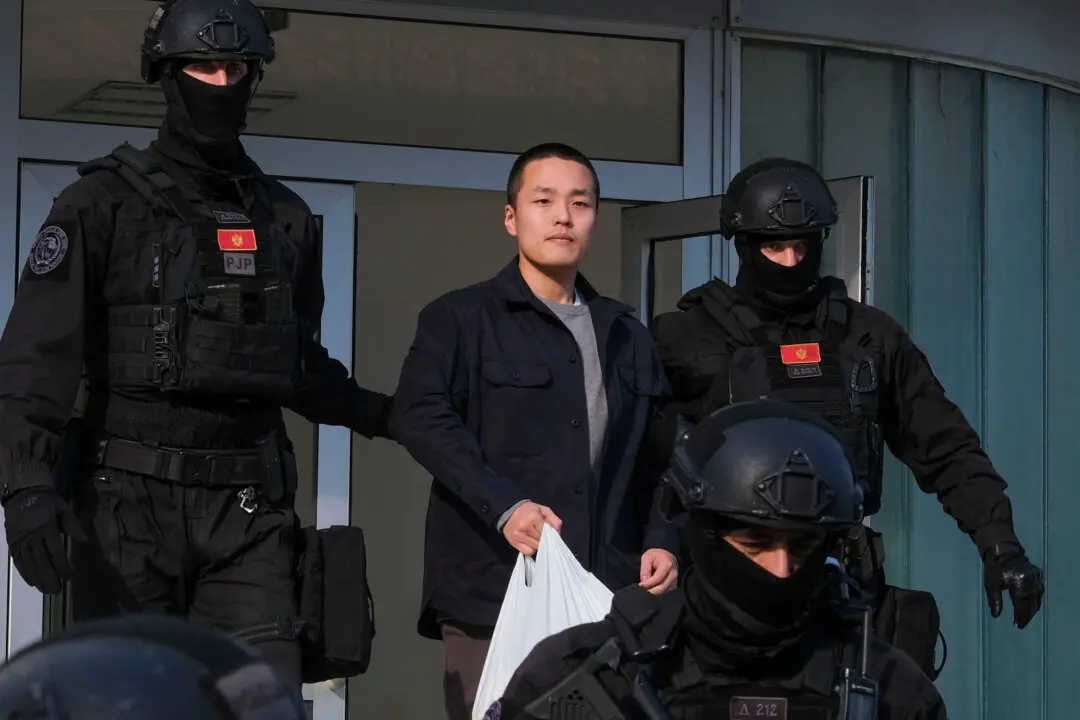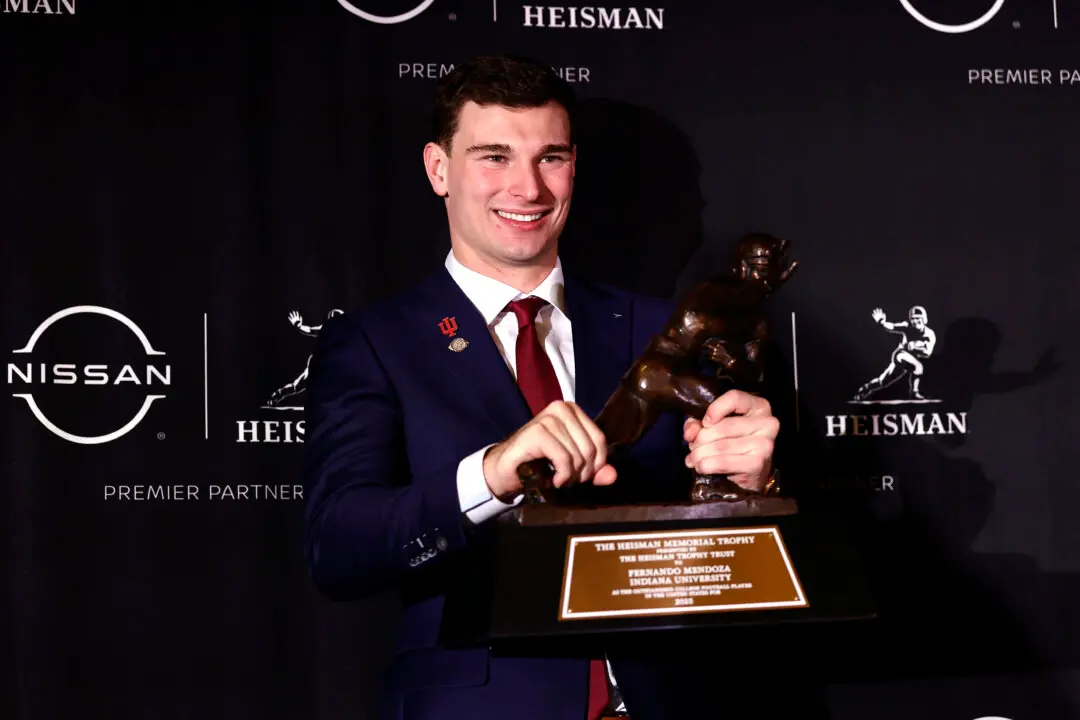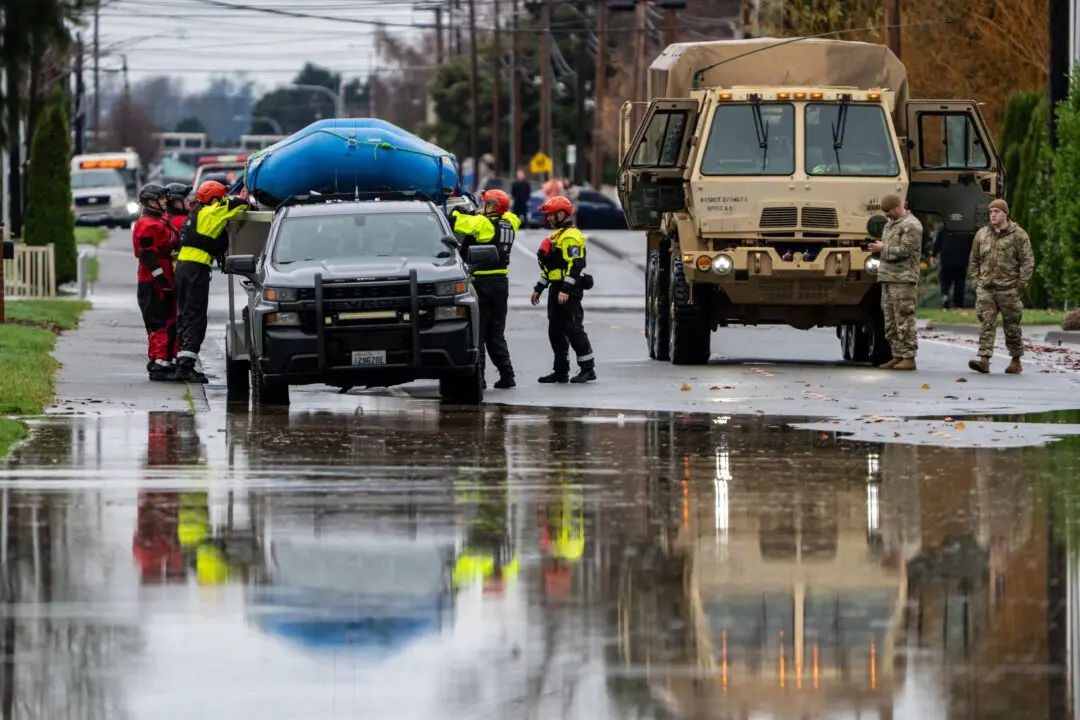“The Hunger Games” movies have unfolded in a relative blitzkrieg — four movies in four years — and in a fan-fueled fever that has masked some seriously silly political allegory with the thrill of survival games and the awesome star power of Jennifer Lawrence. In the final installation, “The Hunger Games: Mockingjay Part 2,” the game is over.
Having left behind the “arena” — a wooded realm where teenagers from across the districts of the totalitarian Panem are set against each other in a televised kill-or-be-killed death match — at the conclusion of 2013’s “Catching Fire,” ‘'Mockingjay” moves into a greater war, where Katniss Everdeen (Jennifer Lawrence), the reluctant participant plucked out of the mining region of District 12, discovers a wider network of like-minded rebels.
In part two, the march toward the Capitol takes on an air of inevitable victory as the revolution, led by President Alma Coin (Julianne Moore), contemplates power after the expected fall of the dictator Coriolanus Snow (Donald Sutherland). Wary of replacing one corruption with another, an increasingly grave Katniss discovers the truth of that old maxim: revolution is easy; democracy is difficult; and stretching the thin conceits of “The Hunger Games” into four films is even harder.
The pop pleasures of the early installments (the best of which was “Catching Fire”) are gone in the gray-and-gloomy part two of “Mockingjay.” All the color and vibrancy of the series has been drained away; a sizable chunk of action takes place in the sewer as Katniss and a band of rebels, navigating various traps, stealthily storm toward Snow, with plans to assassinate him.
From the start, though, it’s clear “Mockingjay Part 2” is neither intended for critics nor newcomers. It’s for the fans of Suzanne Collins’ books, to which the franchise has slavishly sworn its fidelity. “Mockingjay Part 2,” directed by Francis Lawrence (who has helmed all but the first film) and penned by Danny Strong, Peter Craig and Collins, picks up where the last film left off, with barely a glance backward.
That, perhaps, is as it should be. “The Hunger Games” is for its passionate fans and — certainly in its final films — not anyone else.
At the heart of the phenomenon is Collins’ clever rendering of passage into adulthood as survival through the (literal) slings and arrows of a cruel system that pits teenagers against one another in a competition that, for some, is barely more cutthroat than high school. Katniss’ ascent comes not through her mastery of the game, but her rejection of its rules.
That’s been somewhat true of the films, too, which have put a strong female protagonist at the heart of the franchise and surrounded her with only a limp love triangle (between Liam Hemsworth’s Gale and Josh Hutcherson’s Peeta, who was brainwashed in the last film) that’s always been secondary to Katniss’ plight.
Katniss does, though, have a curious habit of blacking out at key moments of battle. And in “Mockingjay Part 2,” she’s still fighting against being used as a public-relations pawn for the rebellion, just as she was for Snow’s regime. Unfortunately lacking much screen time are two of the most lively and gaudy characters of the films — Stanley Tucci’s master of ceremonies and Elizabeth Banks’ chaperone — who always gave things a kick.
Instead, the film is, well, dull. If Donald Sutherland is the most bubbly thing in your teenage sci-fi dystopia (and he is, by a mile), you may have stretched the seriousness too far.
Instead, a feeling of time passing “The Hunger Games” by pervades. What should have been one movie was stretched into two. Philip Seymour Hoffman, who died nearly two years ago but remains here as the rebel leader Plutarch, is a ghostly, abbreviated presence.
And Lawrence, still the magnetic center of the saga, can elevate the material only so much. Four years clearly wasn’t fast enough for “The Hunger Games.” Lawrence outgrew this stuff long ago.





